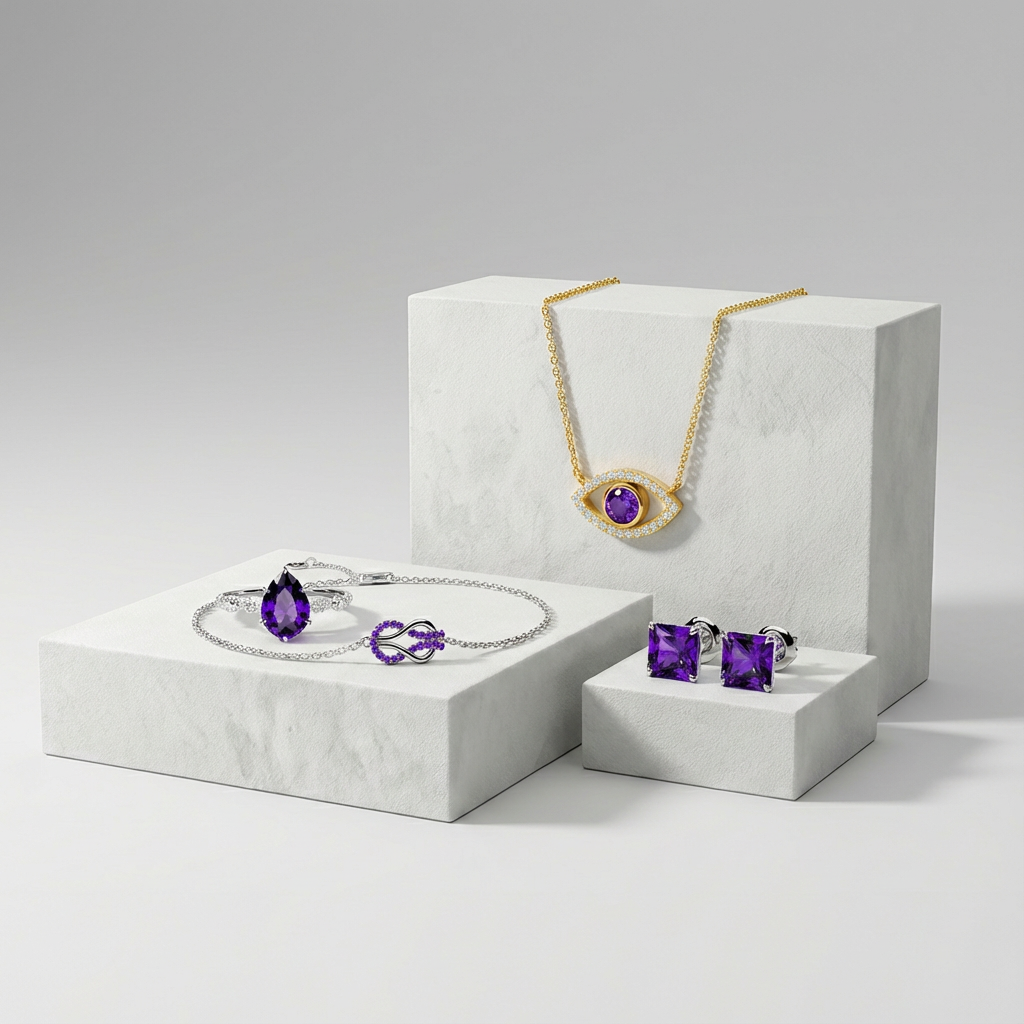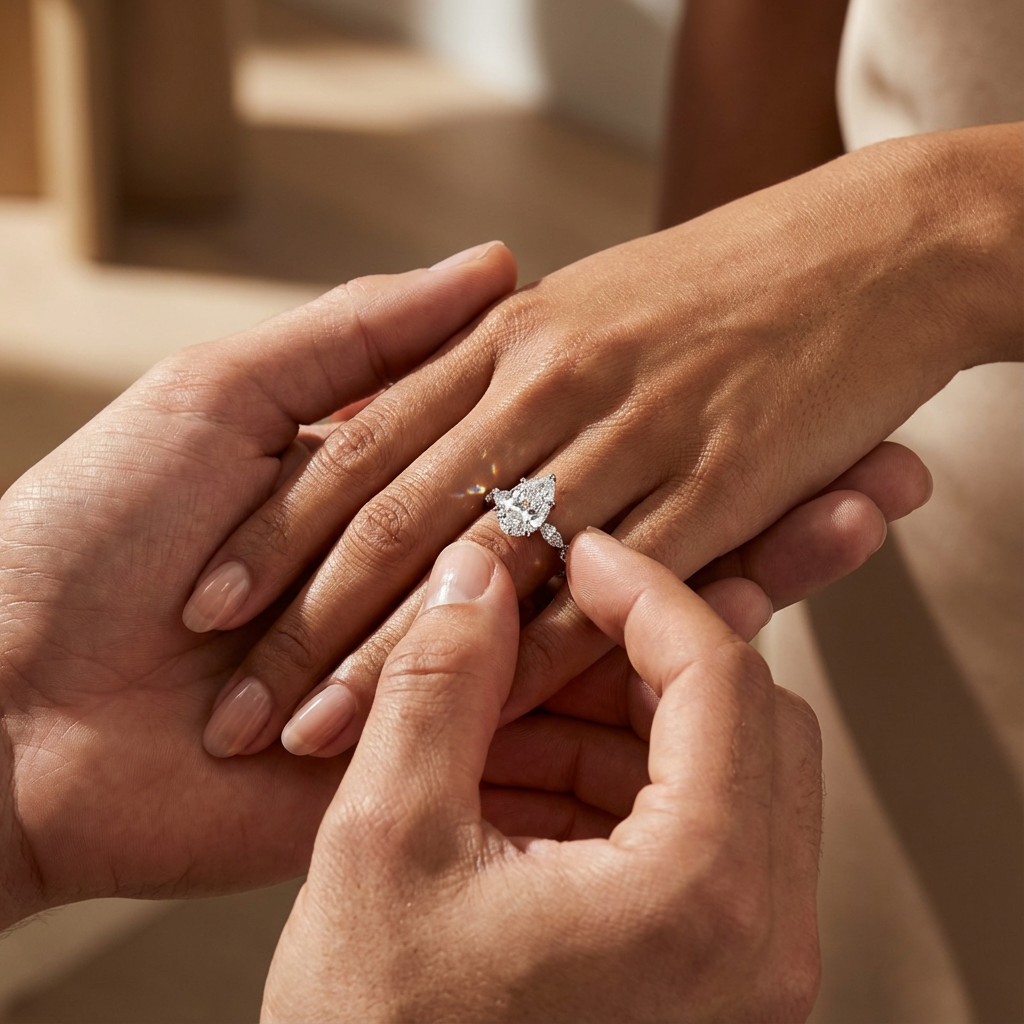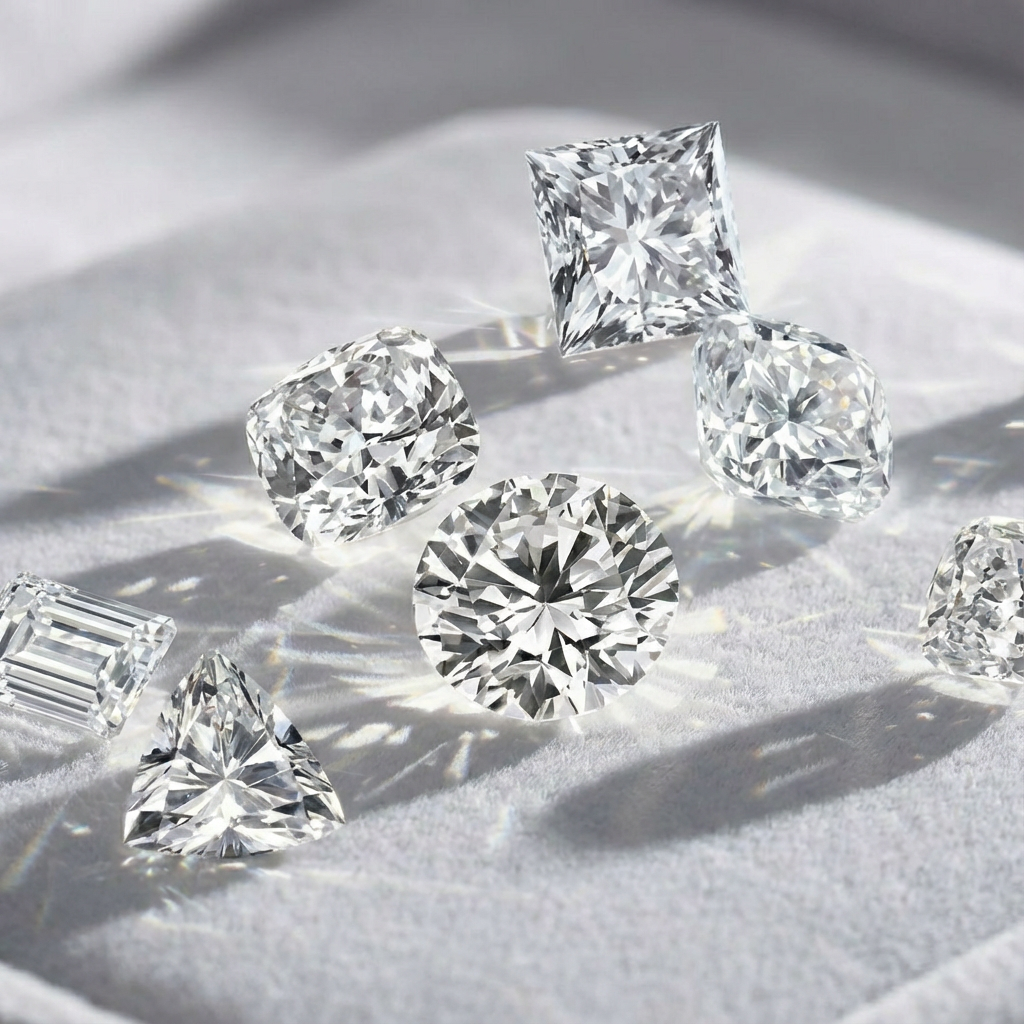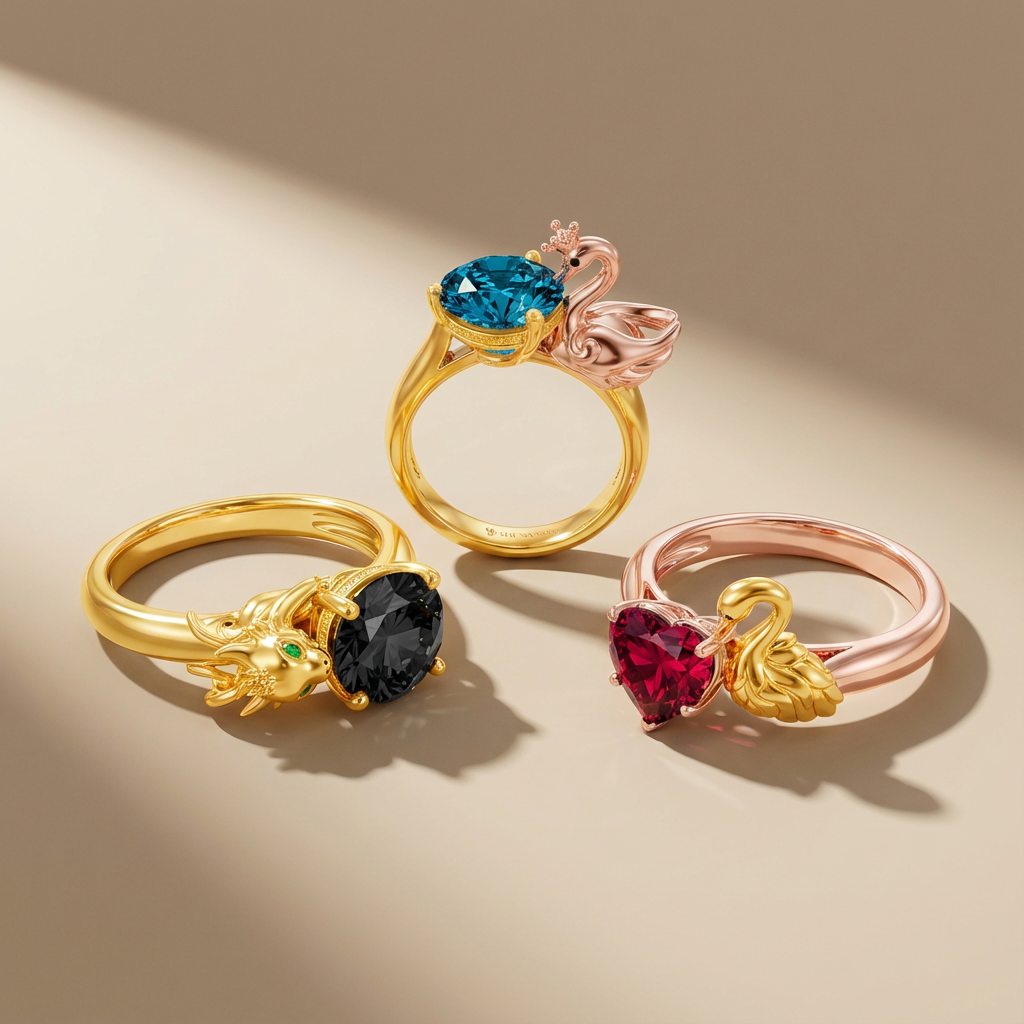Bring you energy and enthusiasm; the beautiful orange gemstones always remind us of the popping orange soda water and hot summer. Its rare and energetic hue will leave you with a deep impression all the time. Now follow SHE·SAID·YES to check out this report and explore the secrets of the vivid orange gemstones.
Agate

When it comes to orange gemstones. Agate has to at the list of it. Agate is a common silica mineral consisting of chalcedony and quartz as primary components, with various colors. The most basic and popular agate color is orange or red, which comes from the traces of the mineral oxides of iron, manganese, titanium, nickel, etc. Besides the vivid colors, agates are also famous for their beautiful inner patterns. Their distinctive patterns also have a wide range of types, divided by the inclusions. The wave-like straps reflect the ancient river movement, and the magical landscapes and vegetation appear from the mossy or dendritic inclusions.
In order to make the best jewelry, almost every agate has been highly polished. For thousands of years, agates appeared in many ancient relics as ornaments, from the seal stones in Greek warriors to the bead necklaces in the Indus Valley. Nowadays, except for the typical use of jewelry. They’re cut into cabochons and beads to make little sculptures, paperweights, bookends, etc.
Carnelian
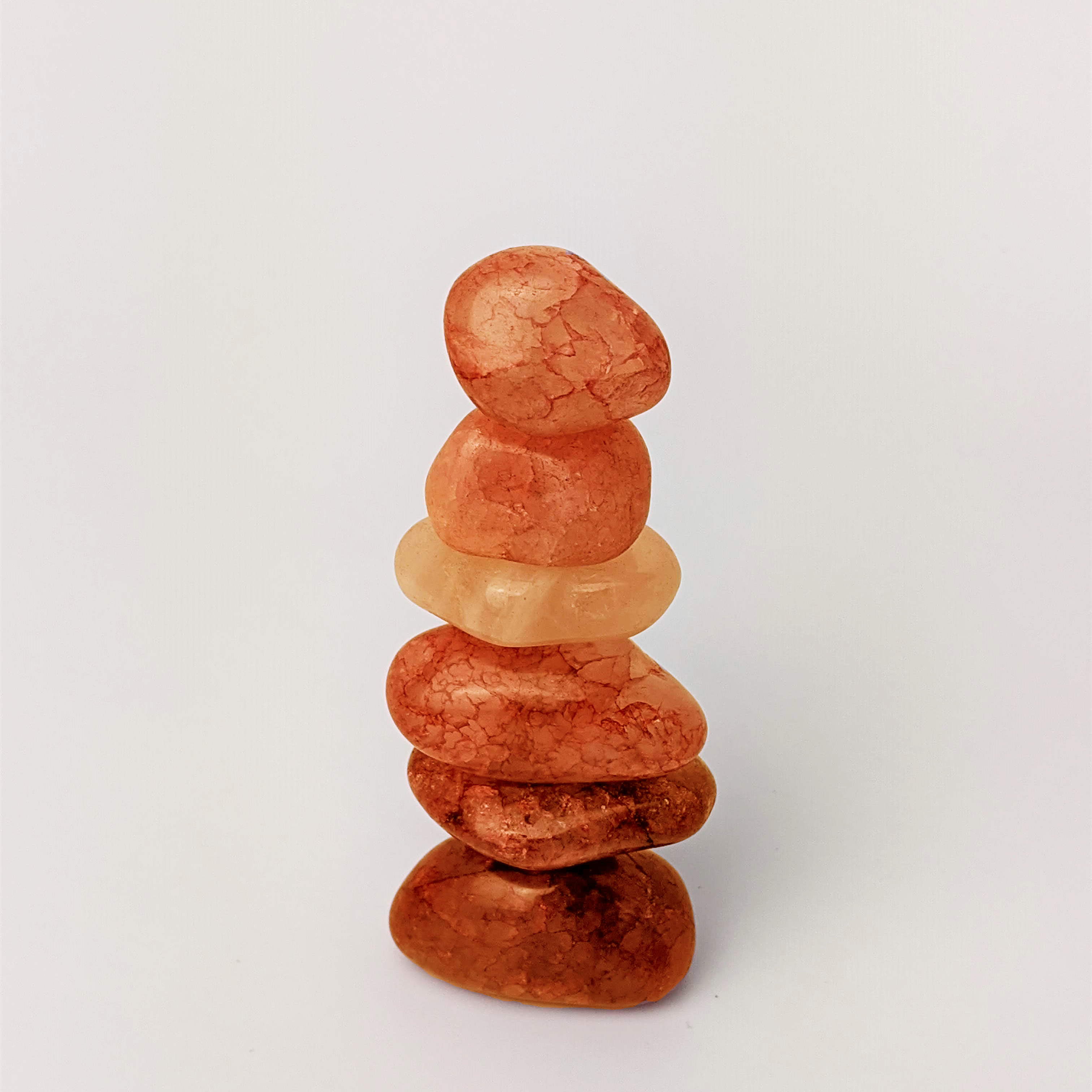
Belongs to the semiprecious gemstone, carnelians are varieties of the silica mineral chalcedony. They’re a hexagonal crystal system and have a vitreous luster. Due to the iron oxide result, the carnelians’ color ranged widely from yellow-orange to rich, near reddish-orange, orangey-brown, to almost-black, and varied from semi-opaque to highly translucent.
Like agates, carnelian is one of the popular orange gemstones to make perfect jewelry for centuries. The oldest carnelian accessories date back to the early Neolithic. But the earliest known carnelian beads were from a gold necklace in a gravesite in Bulgaria about 5000BCE. Not only well-received in Greek and Roman times, but carnelians are also the primary choice for signet rings until today. In the 19th century, with the development of new art trends in the Art Deco period, carnelians started to be used in cameo carving. With the uniquely warm and rich orange-red hue, carnelians reflect energy and creativity.
Sunstone

In the jewelry market, sunstone was not popular until recently. Same as the moonstone, it belongs to plagioclase feldspar. However, moonstone appears a more gentle and soft adularescent glow; sunstone exhibits a distinct and spangled glitter called aventurescence. This magical optical effect results from red copper, hematite, or goethite inclusions. All those illusions make the stone looks like aventurine, so the sunstone is also famous for “aventurine-feldspar.”
Among all the gorgeous sunstones, the most renowned one is absolutely from Oregon. The Oregon sunstone is the epitome of the natural and untreated product of the United States. Attracted by gem collectors and jewelry lovers worldwide, the magnificent Oregon sunstones are the most suitable for faceted jewelry stones.



